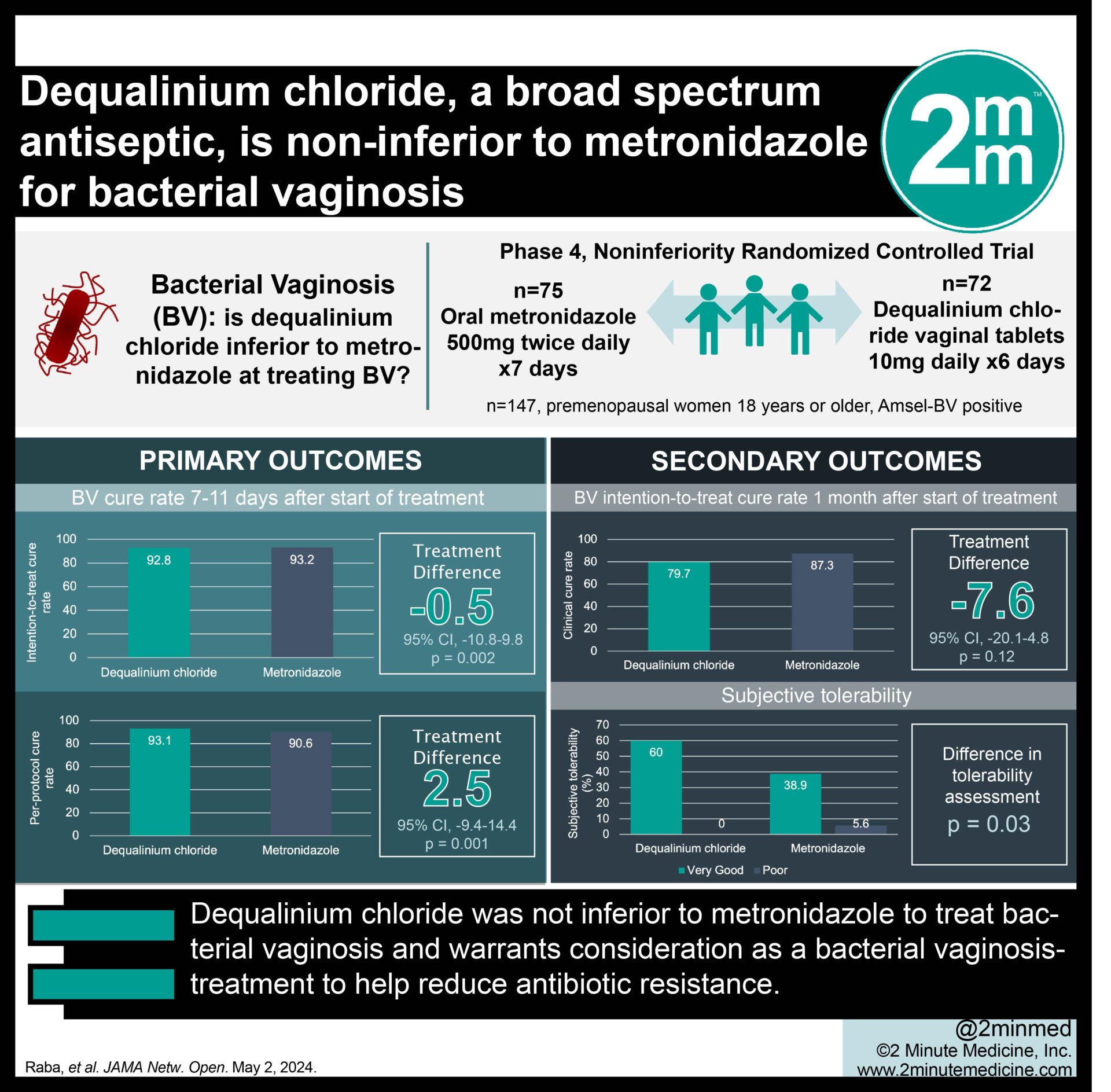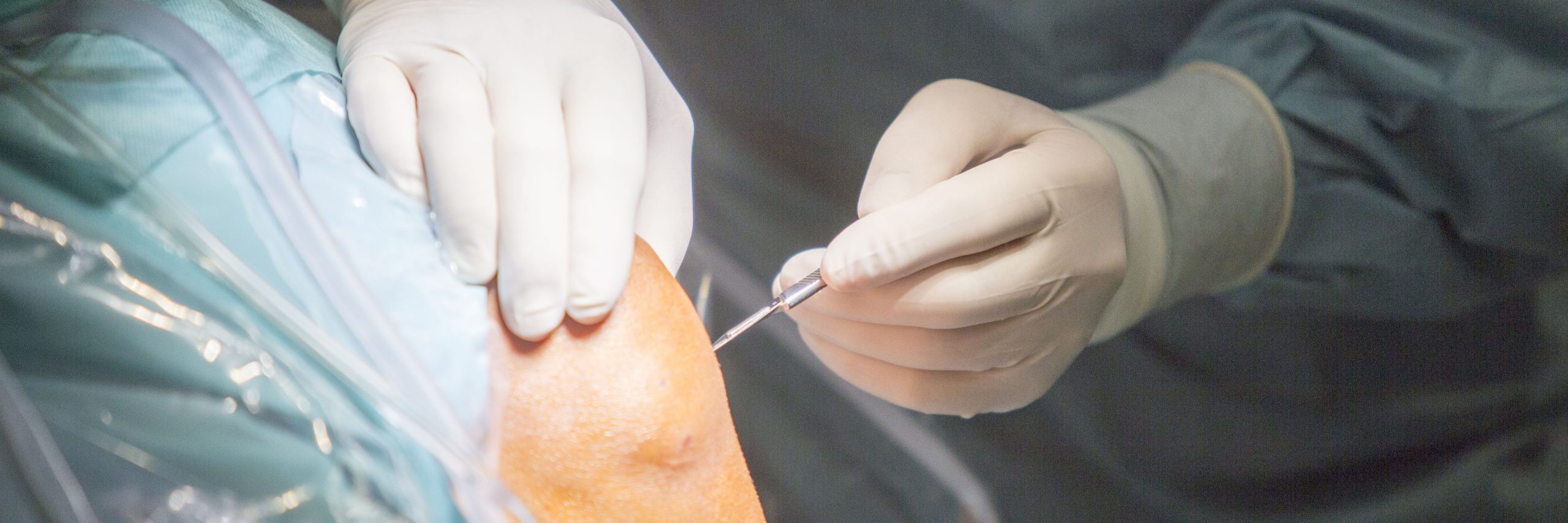Photo Credit: Kdshutterman
The following is a summary of “Clinical features and treatment options for pediatric adrenal incidentalomas: a retrospective single-center study,” published in the March 2024 issue of Pediatrics by Zhu et al.
The primary objective of this investigation was to comprehensively analyze the clinical manifestations and therapeutic modalities available for pediatric adrenal incidentalomas (AIs), aimed at offering crucial insights into the diagnosis and management of these neoplasms. A retrospective analysis was conducted on the clinical records of AI patients admitted to the medical facility from December 2016 to December 2022. The cohort was stratified into neonatal and nonneonatal subsets based on the age at their initial medical consultation. Within the neonatal cohort, comprising 13 patients, diligent observation and subsequent follow-up revealed the complete disappearance of the masses in 8 cases.
In comparison, significant reductions in size were noted in the remaining 5 patients compared to their initial presentations. Surgical intervention was warranted for four patients, leading to postoperative pathological diagnoses of neuroblastoma in three cases and teratoma in one instance. Conversely, the nonneonatal subgroup exhibited a spectrum of benign and malignant tumors, with benign entities accounting for 18 cases, including ganglioneuroma 9, adrenocortical adenoma 2, adrenal cyst 2, teratoma 2, pheochromocytoma 1, nerve sheath tumor 1, and adrenal hemorrhage 1.
Conversely, malignant tumors were identified in 20 cases, predominantly neuroblastoma 10, ganglioneuroblastoma 9, and adrenocortical carcinoma 1. Notably, neuroblastoma emerged as the predominant non-neonatal AI subtype, underscoring the imperative for meticulous laboratory investigations and advanced imaging modalities to facilitate prompt evaluation and management within this demographic. Moreover, observing a high rate of spontaneous regression among neonatal AIs suggests the feasibility of close monitoring, particularly in instances where the tumor exhibits diminutive dimensions, is confined to the adrenal gland, and lacks distant metastasis.
This study underscores the importance of tailored diagnostic approaches and timely therapeutic interventions in addressing pediatric AIs. Thus, it advocates for a multidisciplinary framework encompassing rigorous clinical assessment, imaging modalities, and histopathological analyses to optimize patient outcomes.
Source: bmcpediatr.biomedcentral.com/articles/10.1186/s12887-024-04673-7



















